What is a Japanese Platform Bed?
Unlike its western counterpart, a Japanese platform bed is composed of many different elements to ensure an enjoyable and overall improved sleep. Here is what you need to know to put together your first Japanese bed.
- Shiki Futon (the most important!)
- Buckwheat hull pillows
- Tatami Mat
- Platform Bed
- Kakebuton comforter
Shiki Futon
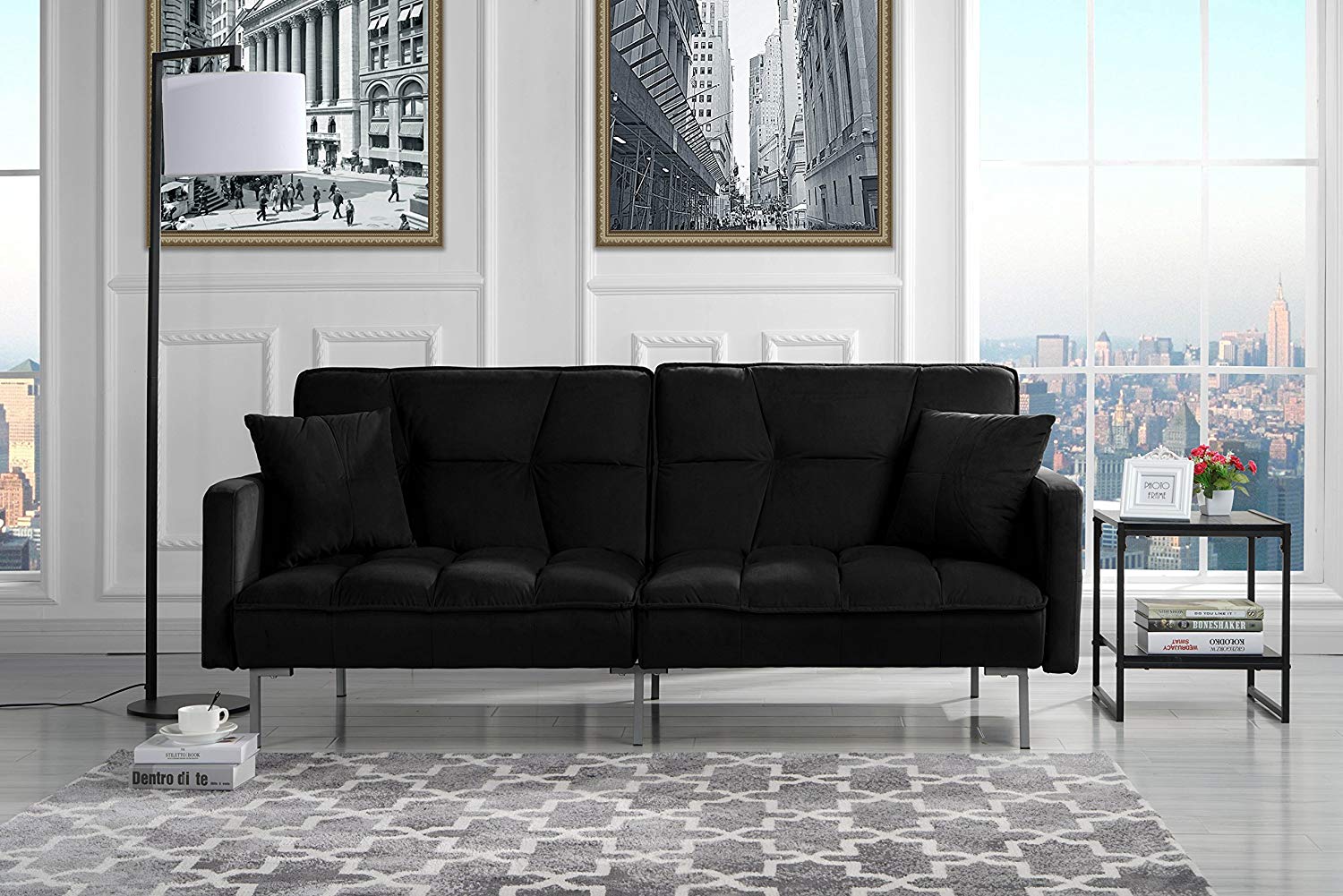
You will first want to consider the choice of your shiki futon. This is the most important ingredient to any Japanese bed setup. Typically, the shiki futon is made with 100% all natural cotton.
A Shiki futon can appear pricey at first, but they tend to hold their shape much longer than the traditional western mattresses. —
When thinking about style, the shiki futon comes in many different styles. Anything from a lightly patterned Seikai Ha Red to the traditional Kasuri Black. For a standard sized shiki futon the height can be anywhere from 2 inches (5 cm) to 5 inches (13 cm)
Kakebuton
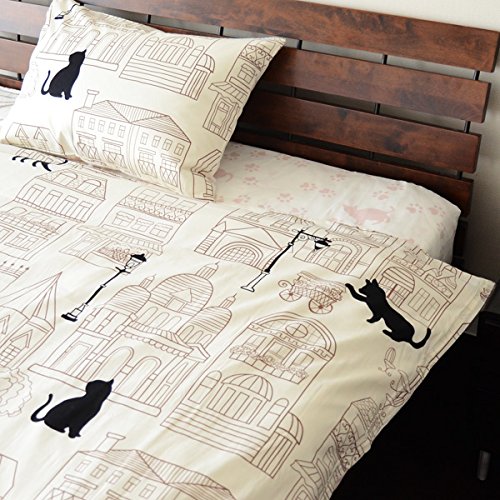
This is what most resembles the traditional, western style comforter. Inside, you will find 100% mulberry silk, hand-pulled by artisans using traditional Japanese techniques. Kakebutons are a great choice if you suffer from allergies because of its resistance to moisture and inability to host creatures like dustmites and mildew.
Hand Pulled Silk Makes the Difference!
Like the shiki futon, the kakebuton comforter can be found in many traditional designs. When it is ready to be washed, you can simply unzip the side and remove it to be machine washed. You can even take it to your nearest dry cleaner… Try that with a traditional mattress!
The silk fibres inside kakebutons help retain consistent body warmth so you will finally enjoy your sleep again!
Buckwheat Hull Pillows
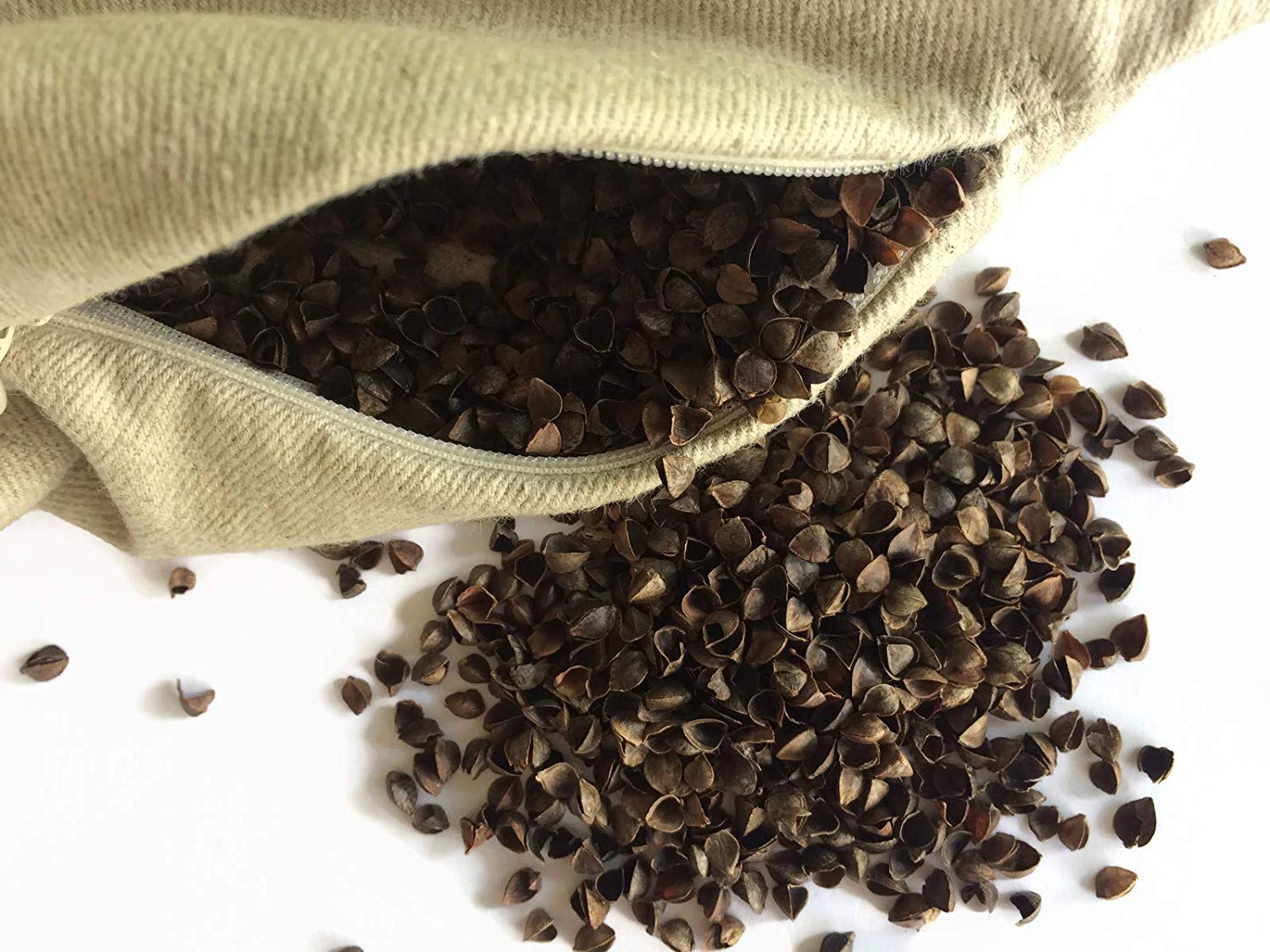
Also known as “Soba Gara Makura”, the buckwheat hull pillow is an all natural alternative to the standard western pillow. The hulls have a //magical// ability to adjust the angle of your neck and head. This helps promote a more natural and deeper sleep while relieving pain from the lower neck.
The natural insulation of Buckwheat Hull Pillows help you stay warm in the winter and keep cool in the summer.
Buckwheat Hull Pillows are commonly used to cure ailments such as:
- Neck Pain
- Back Pain
- Headaches
- Muscle Tension
- Snoring
- TMJ Syndrome
- Cervical and Lumbar Subluxations
- Torticolis
- Sleeplessness
Tri-Fold Mattress

This is not a traditional piece in the Japanese bed setup. However, many westerners prefer the normality of having a mattress under them while they doze off. They do provide an extra layer of comfort and will stand the test of time due to their 10 year polyurethane foam base.
These can double as a convenient guest bed!
As an additional benefit, the Tri-Fold Mattress Pads can also be used for floor exercises, stretching, sleepovers, camping and more. Just open it up and it turns into a comfortably soft mattress. With so many uses, you will quickly discover just how convenient Tri-Fold Mattress Pads really are!
When you are not using it, you can simply fold it up and stow it away in a nearby closet. These mattresses will also be much easier to transport on your next big move!
Tatami Mats
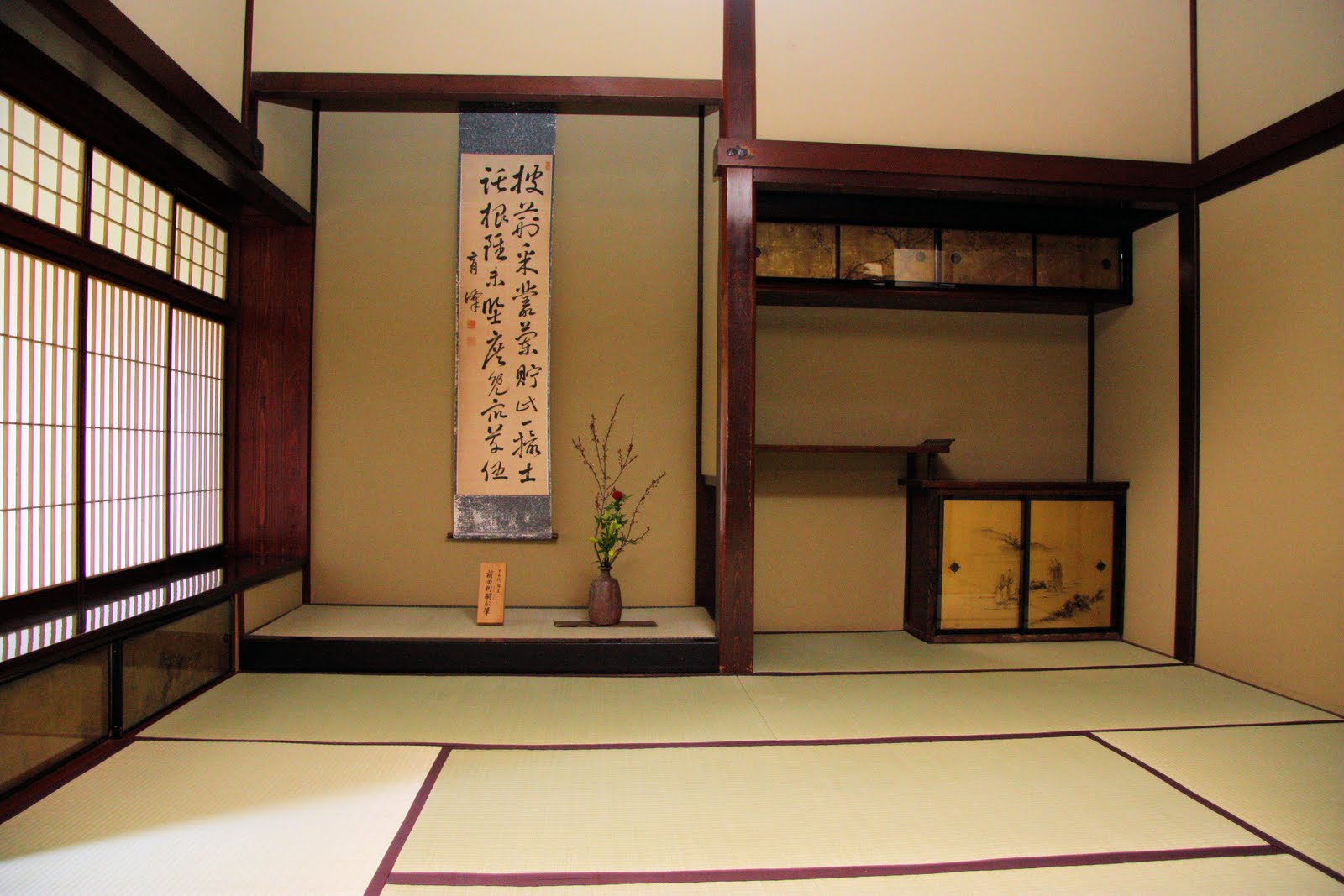
Tatami Mats, traditionally used as a type of Japanese flooring, are now commonly used as a support for Japanese beds. The core is composed of polystyrene foam, with a covering of woven soft rush straw. Traditionally, on the edges, you will find the heri (edging). This consists of a brocade or plain cloth, although its true that some tatami have no edging whatsoever.
As an added benefit, tatami Mats can also be used for training in Japanese martial arts, such as judo.
In the Japanese culture, these mats are used as flooring surfaces and should always be kept as clean as a bed or a dining table surfaces. Today, they are commonly associated with Japanese religious events and tea ceremonies. Typically, modern Japanese homes still have at least one tatami room.
In the tradition, there are rules concerning the number of Tatami Mats and their layout in a room. The Japanese would rearrange them depending on the occasion. Today the “auspicious” layout is commonly used. In this arrangement, the ends of the tatamis form a “T” shape. An inauspicious layout, however, is said to bring bad fortune.
Platform Beds
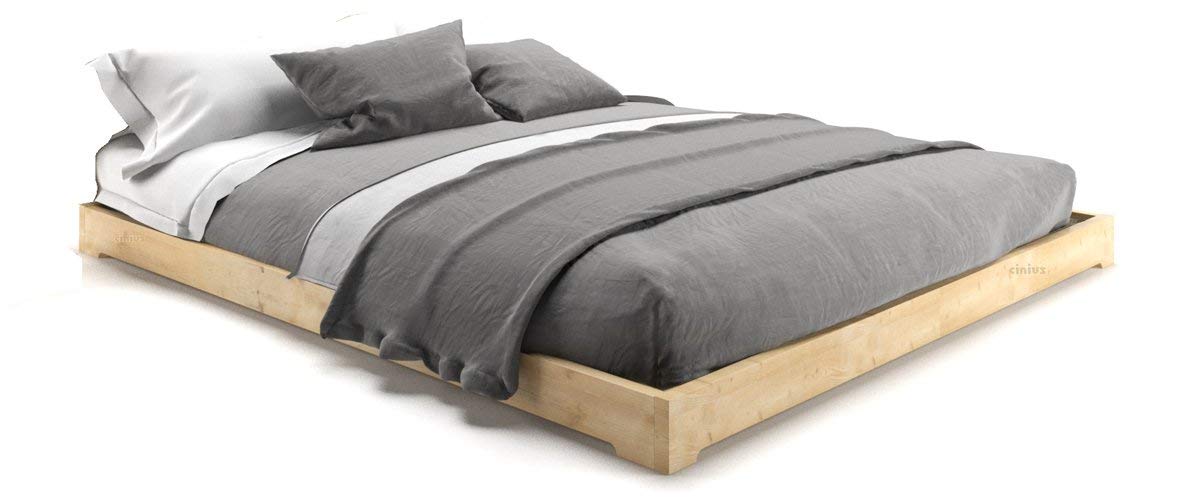
The final, and possibly the most noticeable piece is the Platform bed itself. The platform bed will embody the zen principles of simplicity. Like the other items in this list, platform beds are usually made from non-synthetic materials (such as particle board). Platform beds help create the finishing touch to any Japanese styled bedroom.
The typical platform bed has a noticeable flat surface that extends beyond the mattress above it. The base is slightly raised from the floor by only a few inches.
Most platform beds today are made with wood, metal or bamboo as its main source and are able to hold a mattress without having to purchase that (unnecessary) box spring!